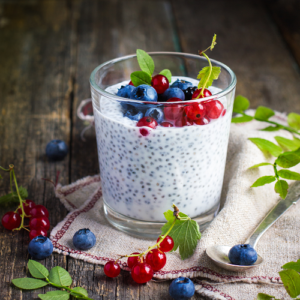 Juice processing is one of the most common applications in fruit and vegetables industries. While many people imagine that juice production involves the juicing of whole food items, that’s not always the case. In fact, many whole food products must be ground or crushed before they can be juiced.
This, of course, requires the assistance of food grinding machines, specifically crushers and angle disintegrators, even for large, difficult-to-move items like apples or pineapples.
Juice processing is one of the most common applications in fruit and vegetables industries. While many people imagine that juice production involves the juicing of whole food items, that’s not always the case. In fact, many whole food products must be ground or crushed before they can be juiced.
This, of course, requires the assistance of food grinding machines, specifically crushers and angle disintegrators, even for large, difficult-to-move items like apples or pineapples.
 Size reduction equipment comes in all shapes and sizes. There are choppers, grinders, screw-fed mills, and disintegrators all designed to suit different needs and objectives. Here are a few of the most common types of size reduction equipment:
Size reduction equipment comes in all shapes and sizes. There are choppers, grinders, screw-fed mills, and disintegrators all designed to suit different needs and objectives. Here are a few of the most common types of size reduction equipment: